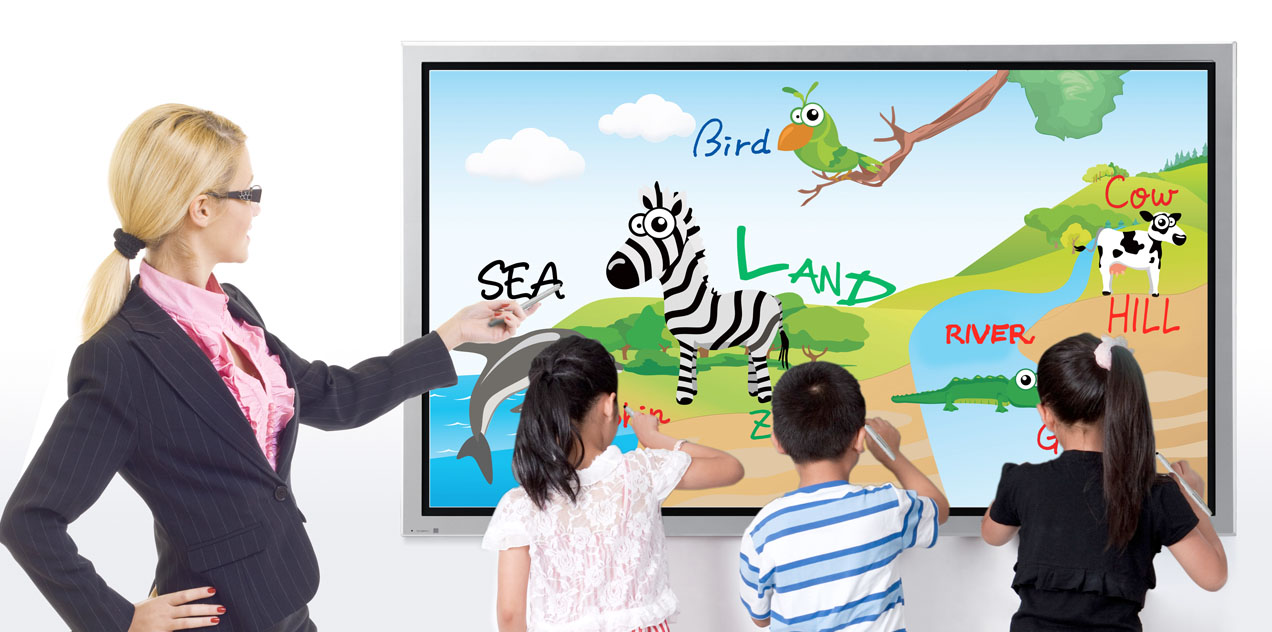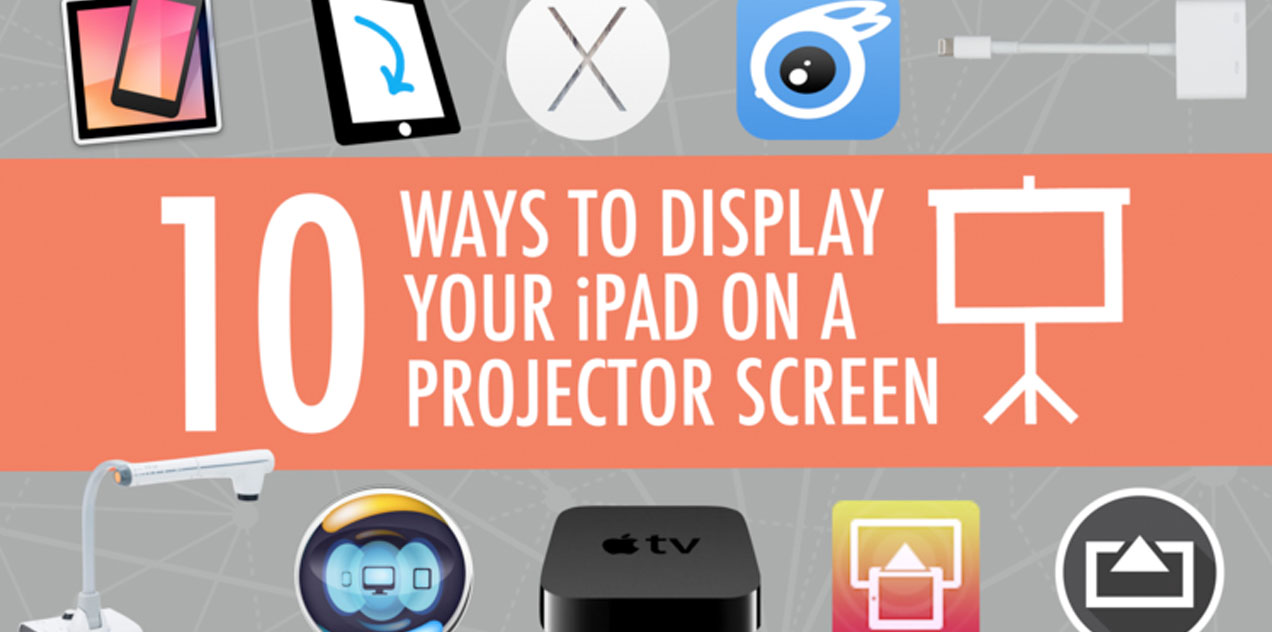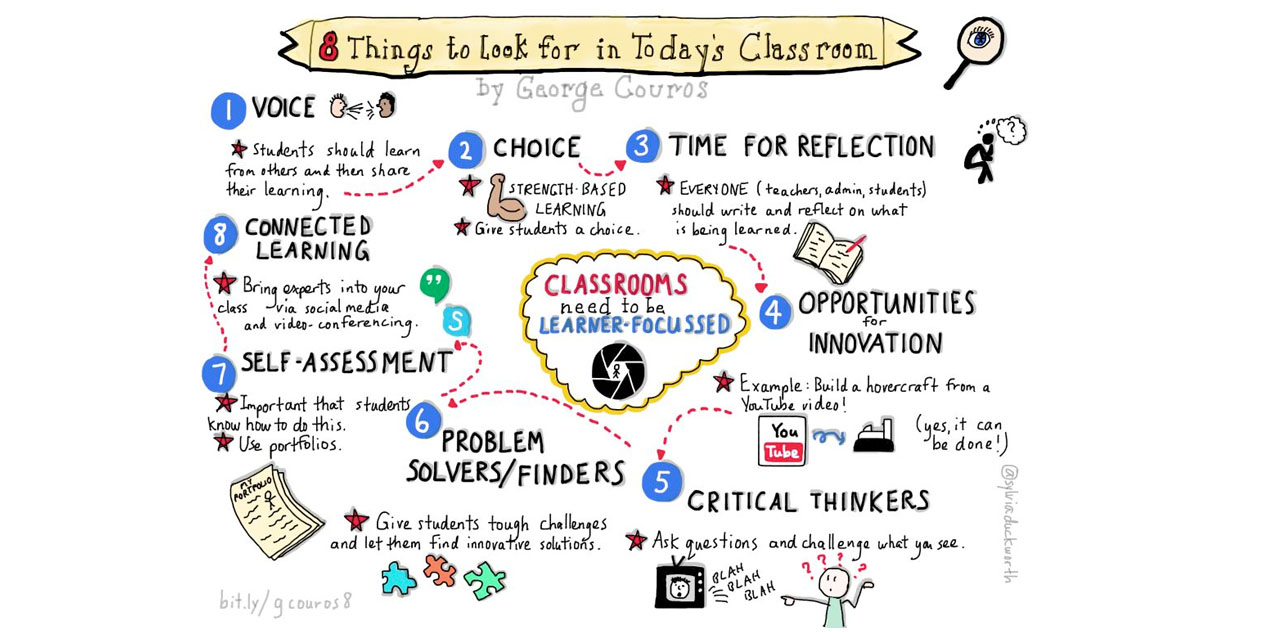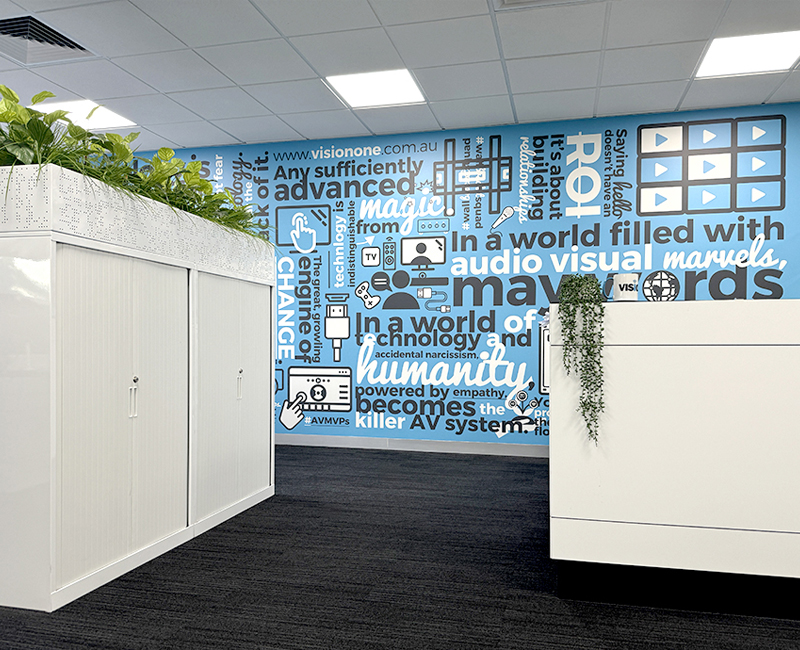Virtual Meetings: NVIDIA’s Breakthrough in AI-Enhanced 3D Video Conferencing
In a leap towards the future of communication, NVIDIA has unveiled an extraordinary breakthrough in...
How Virtual Reality is Revolutionising the Classroom and Corporate Tech Industry
The future of VR (virtual reality) and AR (augmented reality) in a continually dynamic industry...
The Future of Audio Visual Technology: What Can We Expect Moving Forward?
Welcome to the world of audiovisual technology: where innovation and creativity never stops. As we...
Gamifying Education: Take Learning to the Next Level
Gamification has quickly become a popular buzzword in the education industry. By virtual definition, it...
How to Maintain Good Microphone Hygiene
This article has been reposted from www.en-au.sennheiser.com. Due to COVID-19 pandemic we assembled this note...
How to Choose the Right Microphones for a Boardroom
The following article has been re-posted from shure.com: Clear communication is at the core of...
How to sanitise Crestron touch screens
Crestron touch screens are found almost everywhere: work, home, colleges and government offices. Given the...
Interactive Whiteboard 101 — A Resource of Activities for Literacy Instruction
Here is a list of Web-based lessons, activities, and games for literacy that you can...
10 Ways to Show Your iPad on a Projector Screen
Projecting your iPad on a large screen is great for demonstrations, simulations, explanations, and showing...
8 Things to Look for in Today’s Classroom
The integration of technology in education can often offer a strenuous challenge for some adopters....



















